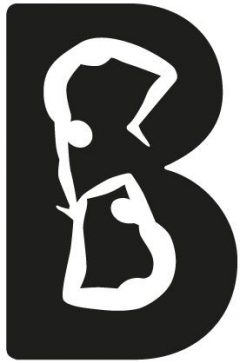Encouraging Safe Play
It is our intention to inspire collaborative play. However, there are no instructions given with our materials. It is assumed that you have some experience in acrobatics and will work safely, to your level and limitation.
If there are questions on how to transition into and out of the balances presented get involved with your local acroyoga or acrobatic community; consult with your local a teacher or feel free to post them up on the Bodhitrix – Play to your potential Facebook page
Bodhitrix can NOT accept responsibility for any injuries caused when using our Acro App. This kind of play has risks. The following are ground rules that are drawn from the practice of AcroYoga.
- Exercise accurate self-assessment, work within your ability and progressively.
- If in doubt of a skill use spotters your safety is a priority, it enables you to play longer.
- Say the word ‘DOWN’ to abort a skill or transition; to be called by any participant who feels the play is beyond their ability to base, fly or spot safely.
- BREATH, when conducting a challenging skill or sequence the tendency is to hold the breath don’t.
For the L Basing compendium, we would encourage working with a minimum of four people, especially if you intend to apply longevity into your acrobatic practice.
The four roles are: –
- the spotter, whose purpose is to ensure the safety of the flyer when they are conducting a skill or sequence;
- the base, who is the embodied foundation for which skills or sequences are conducted;
- the flyer, who is the moving actor, tasked with completing the skill or sequence; and
- when using the app the reader, who will call out the balances of your prescribed sequence.
The art of spotting
To be a good spotter takes practice and when done well they can become the safety glue between the base and flyer. The spotter’s role is multifaceted and can include: –
- ensuring the safety of the flyer conducting the skill or sequence;
- the emotional support (cheerleader) for both the base and flyer;
- the outside eye;
- the interpreter between the base and flyer and
- aiding the stability and or success of the skill being conducted.
There are two main techniques to ‘spotting’: –
- the ‘hot potato spot’ which involves holding the flyer for a few seconds to enable them to find their centre and then let go;
- the ‘hands-on spot’ which involves holding the flyer throughout the exercise and if need be, take weight when guiding the flyer through an inversion or transition.
Useful considerations when ‘spotting’.
- When asked to spot, be certain that you know what trick or sequence is being conducted including its direction. Avoid being in the line of fire.
- Think about your body position when spotting. Are you in the best position to take the flyer’s weight and at the same time not compromise yourself?
- General rule spot the back and hips when spotting transitions but if in doubt spot the head. Under no circumstances does the head hit the floor.
- Can you spot a flyer who is bigger than you? This will depend on the trick being conducted but as a longevity rule same size or smaller.
- Be aware not to over spot, one of your objectives is to enable the base and flyer to successfully complete a trick or sequence without your help.
